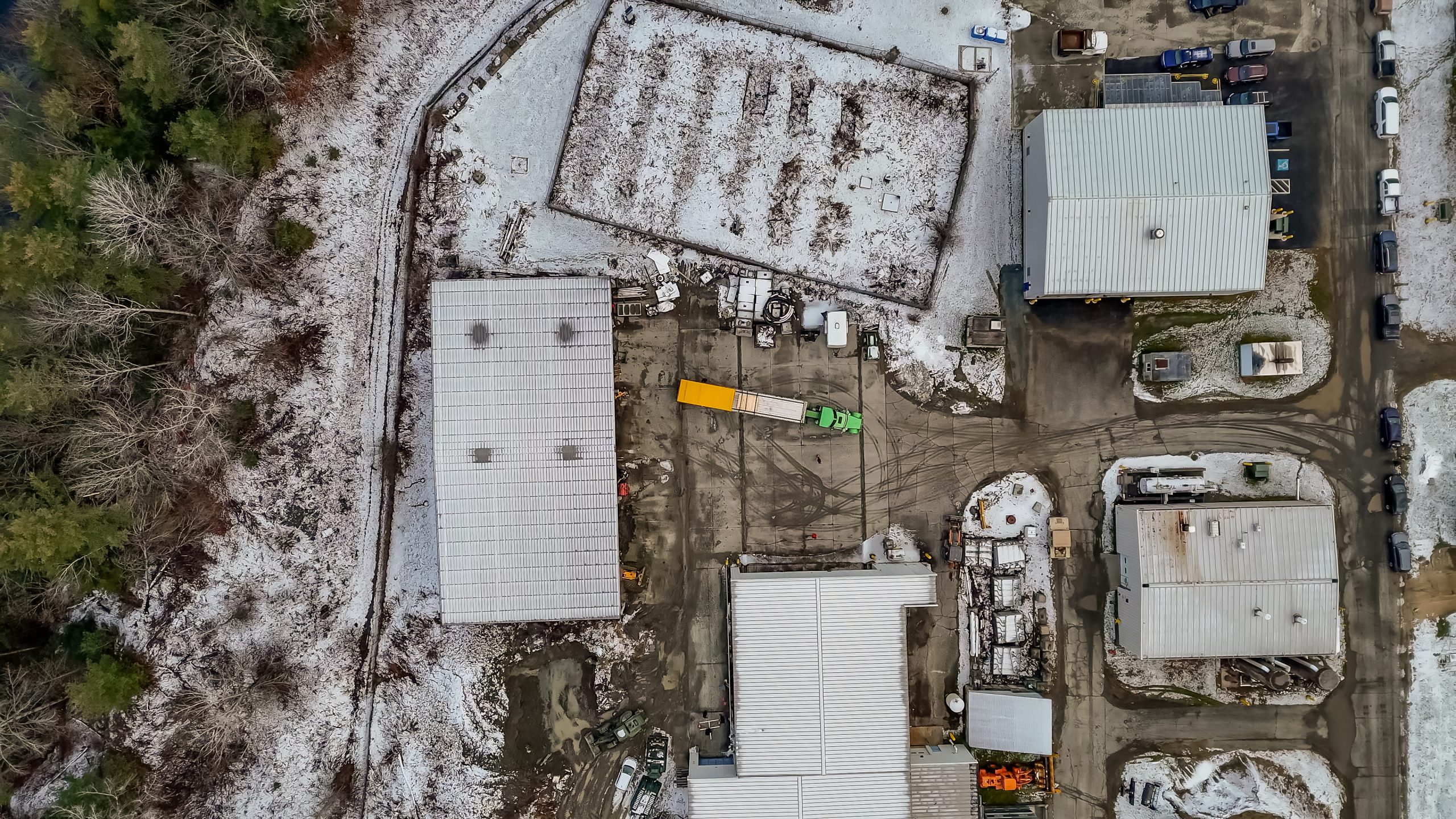Breaking: 3D Printing Breakthrough Freezes Manufacturing Limits in Pentagon Challenge

In a groundbreaking demonstration of technological resilience, Australian metal 3D printer manufacturer SPEE3D has successfully validated its Expeditionary Manufacturing Unit (EMU) in extreme cold environments. The innovative system has proven its capability to operate effectively in sub-zero temperatures, opening up exciting possibilities for remote manufacturing in challenging geographical conditions.
The EMU's remarkable performance highlights its potential to revolutionize on-site manufacturing in harsh, cold regions where traditional production methods would typically fail. By maintaining operational integrity in freezing conditions, SPEE3D's technology could be a game-changer for military, scientific, and industrial applications in remote and arctic locations.
This breakthrough showcases the unit's robust engineering and adaptability, suggesting that advanced 3D printing technologies are becoming increasingly versatile and reliable. The ability to create metal components in extreme environments could significantly enhance logistics, repair capabilities, and supply chain resilience in areas previously considered too challenging for on-demand manufacturing.
As industries continue to push the boundaries of technological innovation, SPEE3D's cold-weather success represents an important milestone in the evolution of expeditionary and remote manufacturing solutions.

